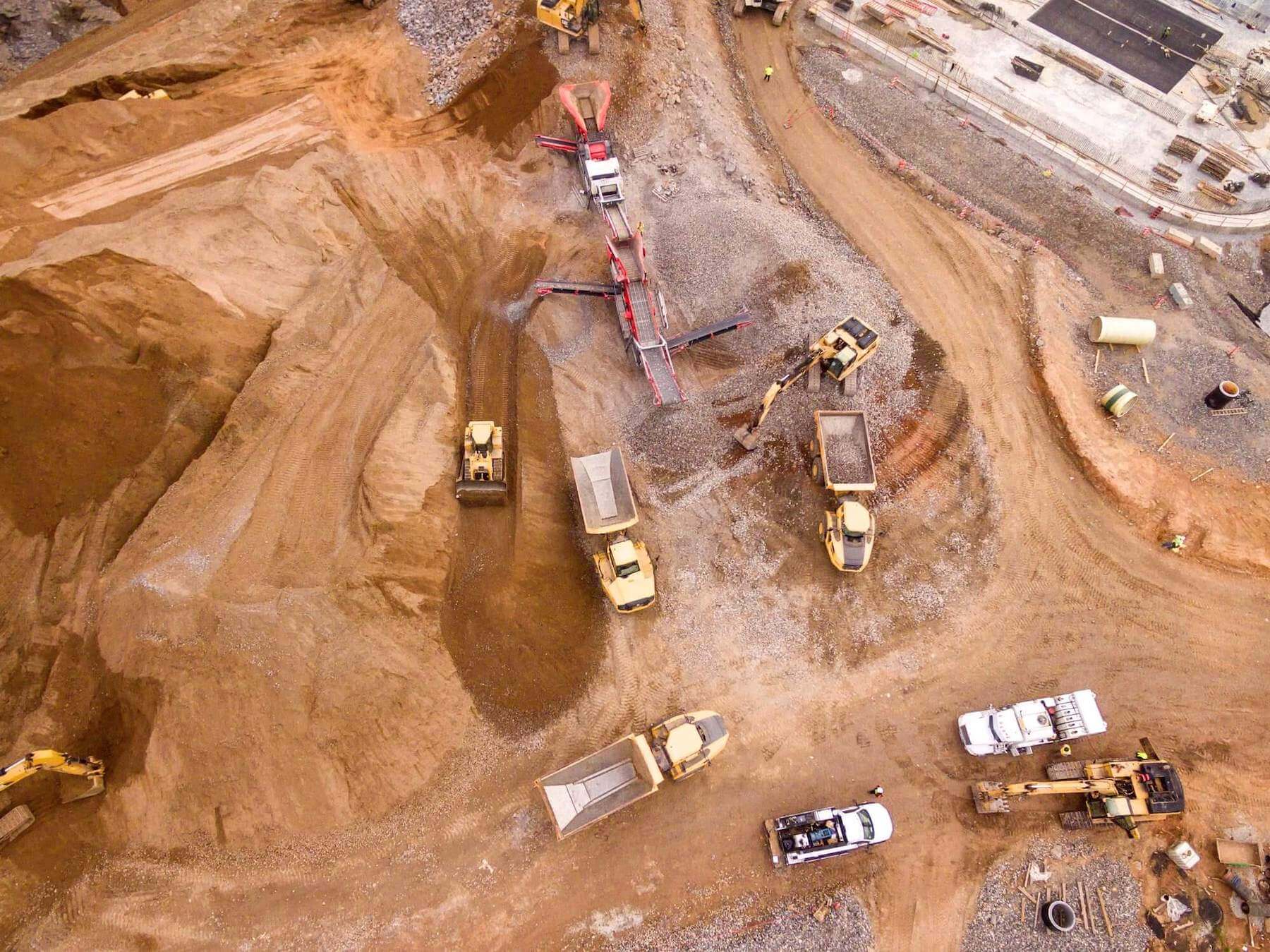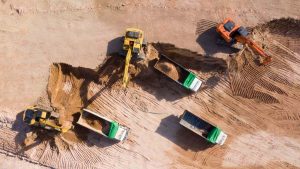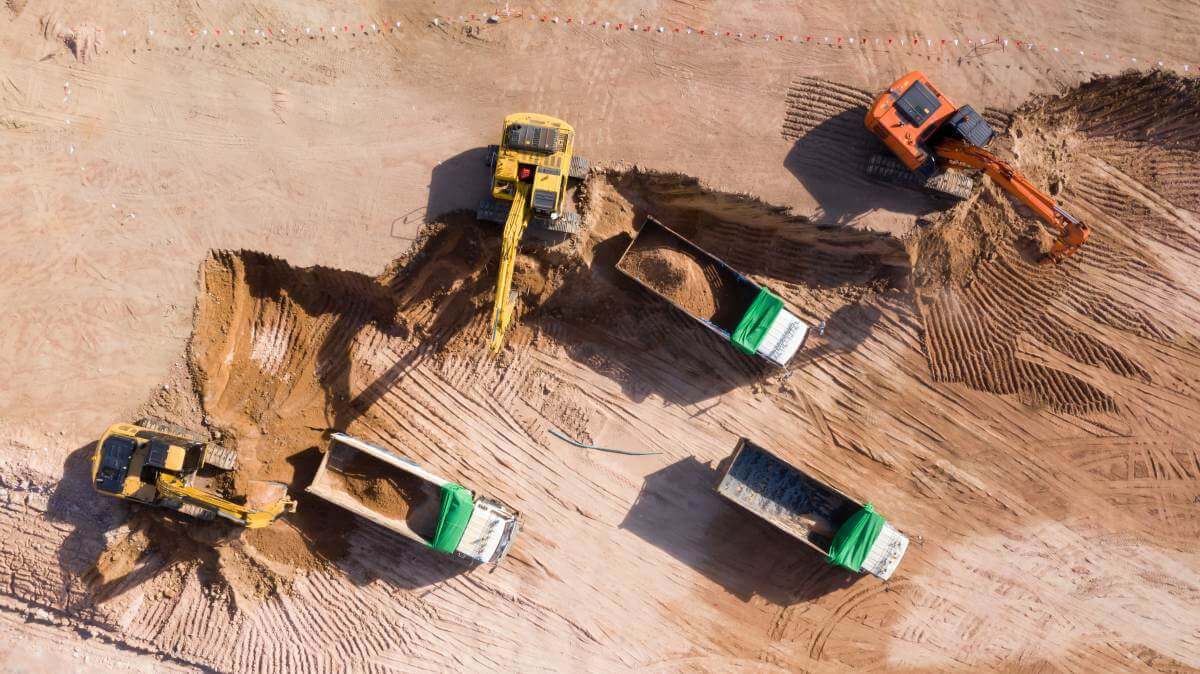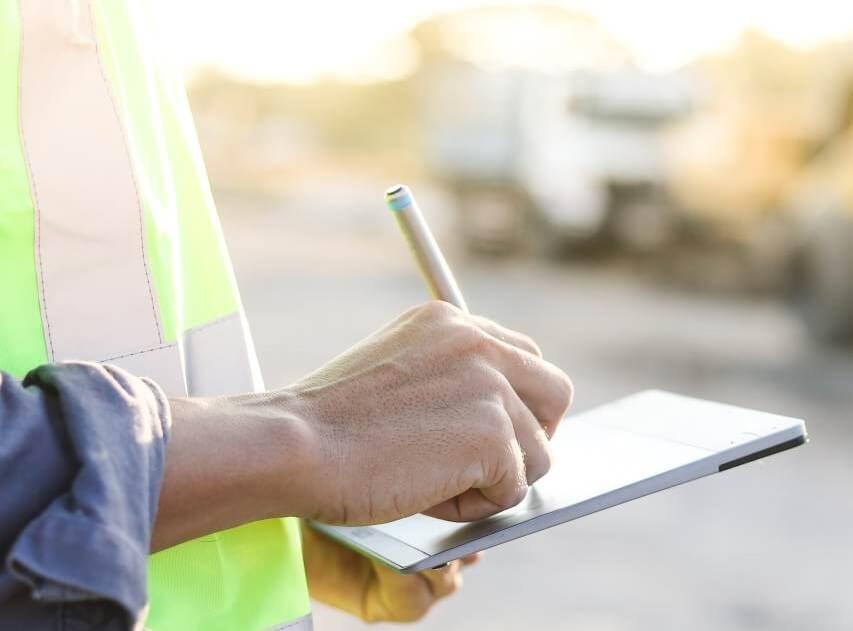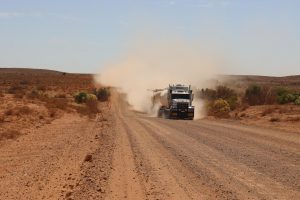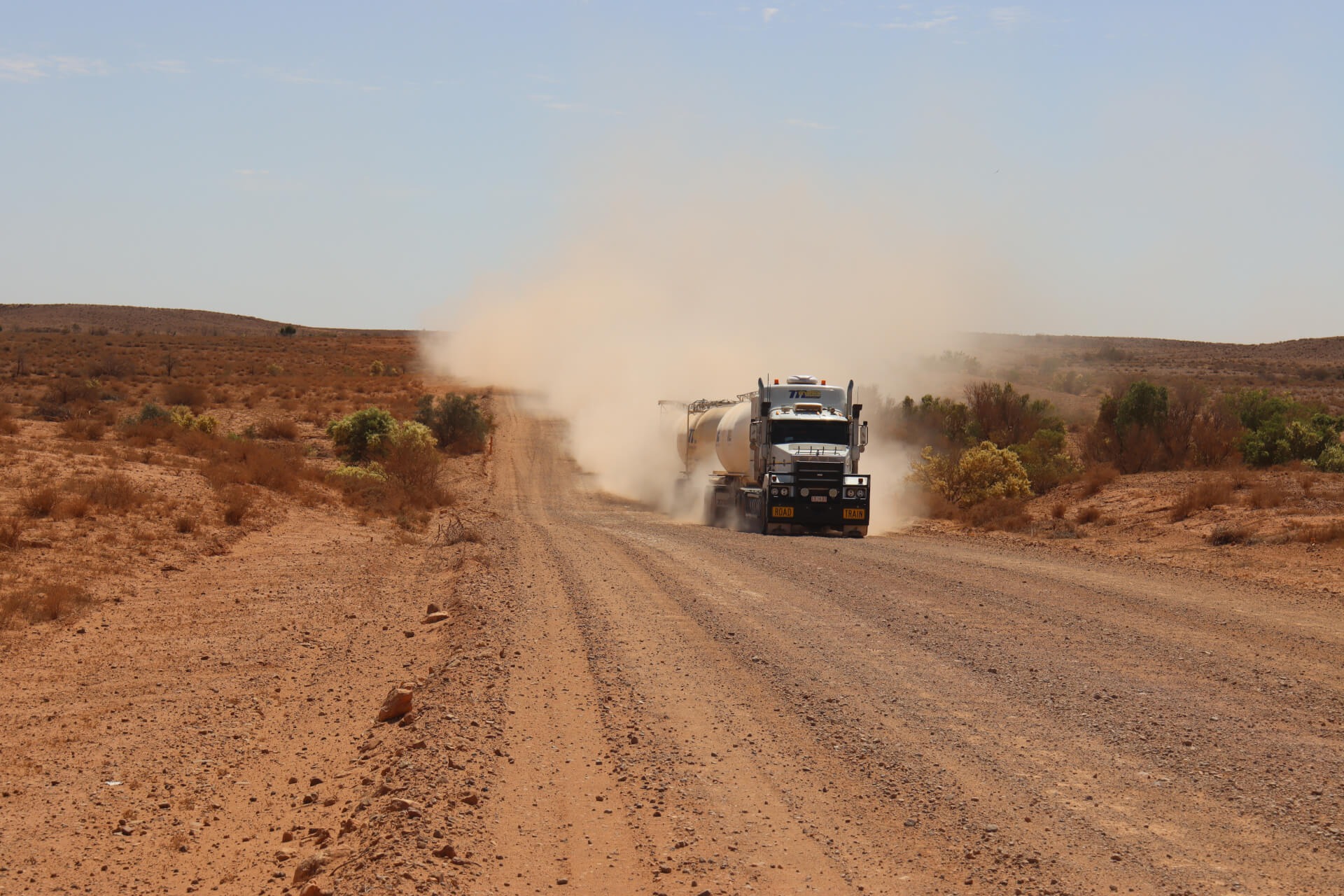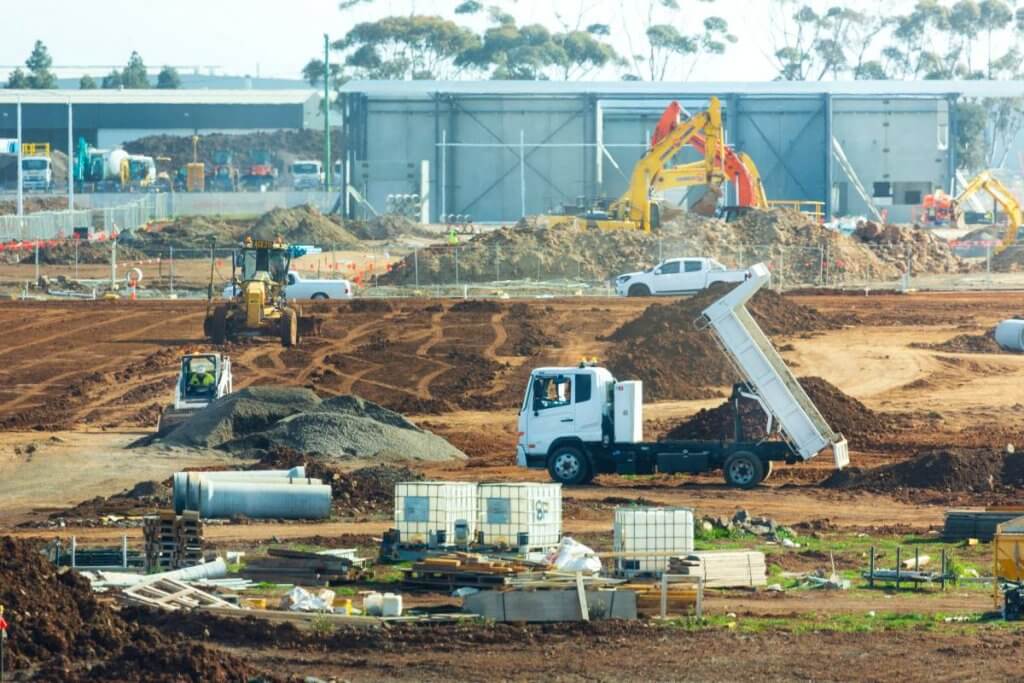
Best Uses For Telematics In Modern Businesses
Telematics is wireless communication between devices.
But in terms of auto insurance, it can mean so much more. Drivers with telematic features might be eligible for significant discounts on auto insurance, which is an exciting advancement considering the concept of telematics was born more than a decade ago.
Converting driving information to a premium is easier than ever with today's technology. Insurers gather data from a small in-car tracking device that records miles are driven, acceleration, braking, turns, speed and time of day. Your premium depends on this data, which means if you're a careful driver, you can save big bucks.
Monitoring & Managing Speed
Managing drivers by using optimization software is a simple means to gain efficient operation of the asset.
"If a driver can no longer break top speeds or jackrabbit start, your repair and maintenance costs go down. It's also essential to help drive and track costs for employees in the field to a job. Pairing Derive optimization with our telematics solution to ensure the speed is capped and reviewing fuel metrics of before and after," said Charlie Mahoney, business development at Derive Systems.
A recalibration is a valuable tool most fleet professionals are not familiar with.
"Think about your smartphone: just as you make adjustments for the way you utilize your phone, your vehicle is no different. Setting fleet-specific thresholds essentially drive the change from the vehicle - not the driver. This means less progressive disciplinary events and helps ensure compliance regardless of your driver turnover," Mahoney added.
Assisting with Industry Specific Needs
It's often said, but for a good reason - not all fleets are the same, even within the same vocation or industry. Being able to monitor needs specific to your industry is invaluable.
"In the instance of waste, capturing the status of bins - whether they're locked, overflowing, etc., is one solution," said Adam Kahn, president of Netradyne. "Also, tracking where trucks are is important, so fleets can keep customers informed."
Fleet Managers have been using telematics to look at trends and make more informed decisions to optimize their fleet.
"Telematics solutions can be used to spot training opportunities for operators. We had a fleet that saw an outlier in the way one truck's crane was used. With further investigation, it was found an operator wasn't using his crane remote efficiently, and they were able to correct this, resulting in easier use for the operator," said Adam Oppermann, product manager for Stellar Industries Inc.
Tracking Weather Conditions
Another innovative use of a video intelligence solution is using the cameras to get a glance at real-time weather conditions on the road.
"For example, if a driver is out in severe weather, a manager can hit the 'test camera' button on the back end of the system to visually check on the weather they're dealing with, where they may be stuck, etc.," said Jim Angel, vice president of Video Intelligence Solutions for Trimble Transportation.
Ensuring Solo Driver Safety
Truck fleet drivers often work solo and ensuring their safety can be more difficult.
"Trimble's Out-of-Truck notification uses geofencing and vehicle GPS location data to keep workers safe when working alone. When a remote worker arrives at a field site and leaves the truck, a timer starts, and if they don't check back in at the truck before the timer goes off, a loud siren goes off on the vehicle. If needed, the system also sends a distress message through the wireless network to the safety manager, who can then use the vehicle's location to provide detail to additional resources, such as an area manager or emergency response services," said Angel of Trimble Transportation.
A video is a great tool for new drivers.
"After drivers have their training with a trainer in the cab, the video serves as an additional step for training. It is an "onboard coach" for drivers, allowing for real-time communication and collaboration between the driver and fleet manager during the workday," said Kahn of Netradyne.

Beyond Traditional Geofencing
Geofencing is a virtual fence that can be created around a physical location, such as a city's border or even a job site.
"Fleet managers who set these up can receive alerts when vehicles or assets cross the invisible geofence border. Some businesses have set up geofences around toll roads, so the back office always knows when a company vehicle pays a toll and can begin the reporting and processing steps immediately. This helps save the business time tracking down the tolls drivers pay and ensure that the business expense is accounted for," said Kevin Aries, head of global product success for Verizon Connect.
Keeping Track of Equipment
Bluetooth-enabled smart sensors can be paired with smart IoT devices to keep track of high-value service vehicles, equipment, and tools throughout a Jobsite or yard.
"Gone are the headaches associated with manual equipment tracking and a difficult recovery process that involves costly law enforcement, legal assistance, and claims professionals. CalAmp iOn Tag service, for example, sends real-time alerts to drivers if a piece of equipment was left behind. This provides an enterprise-wide view of drivers, service vehicles, and related assets. Operations managers can reduce time spent retrieving assets as well as prevent unauthorized use of equipment," said Jeff Clark, senior vice president of Product Management for CalAmp.
From a theft prevention standpoint, one fleet affixed "Powered by BlackBerry Radar" decals on the container doors of each of its trailers that showcase Radar's cargo sensor, GPS locator, and door alert capabilities.
"The idea behind this is the same reason why many people have 'Beware of Dog' and alarm company signs on their lawns - by letting people know that you have a security system, intruders might think twice about targeting you. Matson's deployment marked the first time that a BlackBerry Radar customer has visibly branded their assets in this way to let people know that they use our smart, IoT-based monitoring tool to reduce theft and improve fleet utilization and operational efficiency," noted Christopher Plaat, SVP and GM for BlackBerry Radar.
Best Uses For Telematics In Modern Businesses
Telematics is wireless communication between devices.
But in terms of auto insurance, it can mean so much more. Drivers with telematic features might be eligible for significant discounts on auto insurance, which is an exciting advancement considering the concept of telematics was born more than a decade ago.
Converting driving information to a premium is easier than ever with today's technology. Insurers gather data from a small in-car tracking device that records miles are driven, acceleration, braking, turns, speed and time of day. Your premium depends on this data, which means if you're a careful driver, you can save big bucks.
Monitoring & Managing Speed
Managing drivers by using optimization software is a simple means to gain efficient operation of the asset.
"If a driver can no longer break top speeds or jackrabbit start, your repair and maintenance costs go down. It's also essential to help drive and track costs for employees in the field to a job. Pairing Derive optimization with our telematics solution to ensure the speed is capped and reviewing fuel metrics of before and after," said Charlie Mahoney, business development at Derive Systems.
A recalibration is a valuable tool most fleet professionals are not familiar with.
"Think about your smartphone: just as you make adjustments for the way you utilize your phone, your vehicle is no different. Setting fleet-specific thresholds essentially drive the change from the vehicle - not the driver. This means less progressive disciplinary events and helps ensure compliance regardless of your driver turnover," Mahoney added.
Assisting with Industry Specific Needs
It's often said, but for a good reason - not all fleets are the same, even within the same vocation or industry. Being able to monitor needs specific to your industry is invaluable.
"In the instance of waste, capturing the status of bins - whether they're locked, overflowing, etc., is one solution," said Adam Kahn, president of Netradyne. "Also, tracking where trucks are is important, so fleets can keep customers informed."
Fleet Managers have been using telematics to look at trends and make more informed decisions to optimize their fleet.
"Telematics solutions can be used to spot training opportunities for operators. We had a fleet that saw an outlier in the way one truck's crane was used. With further investigation, it was found an operator wasn't using his crane remote efficiently, and they were able to correct this, resulting in easier use for the operator," said Adam Oppermann, product manager for Stellar Industries Inc.
Tracking Weather Conditions
Another innovative use of a video intelligence solution is using the cameras to get a glance at real-time weather conditions on the road.
"For example, if a driver is out in severe weather, a manager can hit the 'test camera' button on the back end of the system to visually check on the weather they're dealing with, where they may be stuck, etc.," said Jim Angel, vice president of Video Intelligence Solutions for Trimble Transportation.
Ensuring Solo Driver Safety
Truck fleet drivers often work solo and ensuring their safety can be more difficult.
"Trimble's Out-of-Truck notification uses geofencing and vehicle GPS location data to keep workers safe when working alone. When a remote worker arrives at a field site and leaves the truck, a timer starts, and if they don't check back in at the truck before the timer goes off, a loud siren goes off on the vehicle. If needed, the system also sends a distress message through the wireless network to the safety manager, who can then use the vehicle's location to provide detail to additional resources, such as an area manager or emergency response services," said Angel of Trimble Transportation.
A video is a great tool for new drivers.
"After drivers have their training with a trainer in the cab, the video serves as an additional step for training. It is an "onboard coach" for drivers, allowing for real-time communication and collaboration between the driver and fleet manager during the workday," said Kahn of Netradyne.
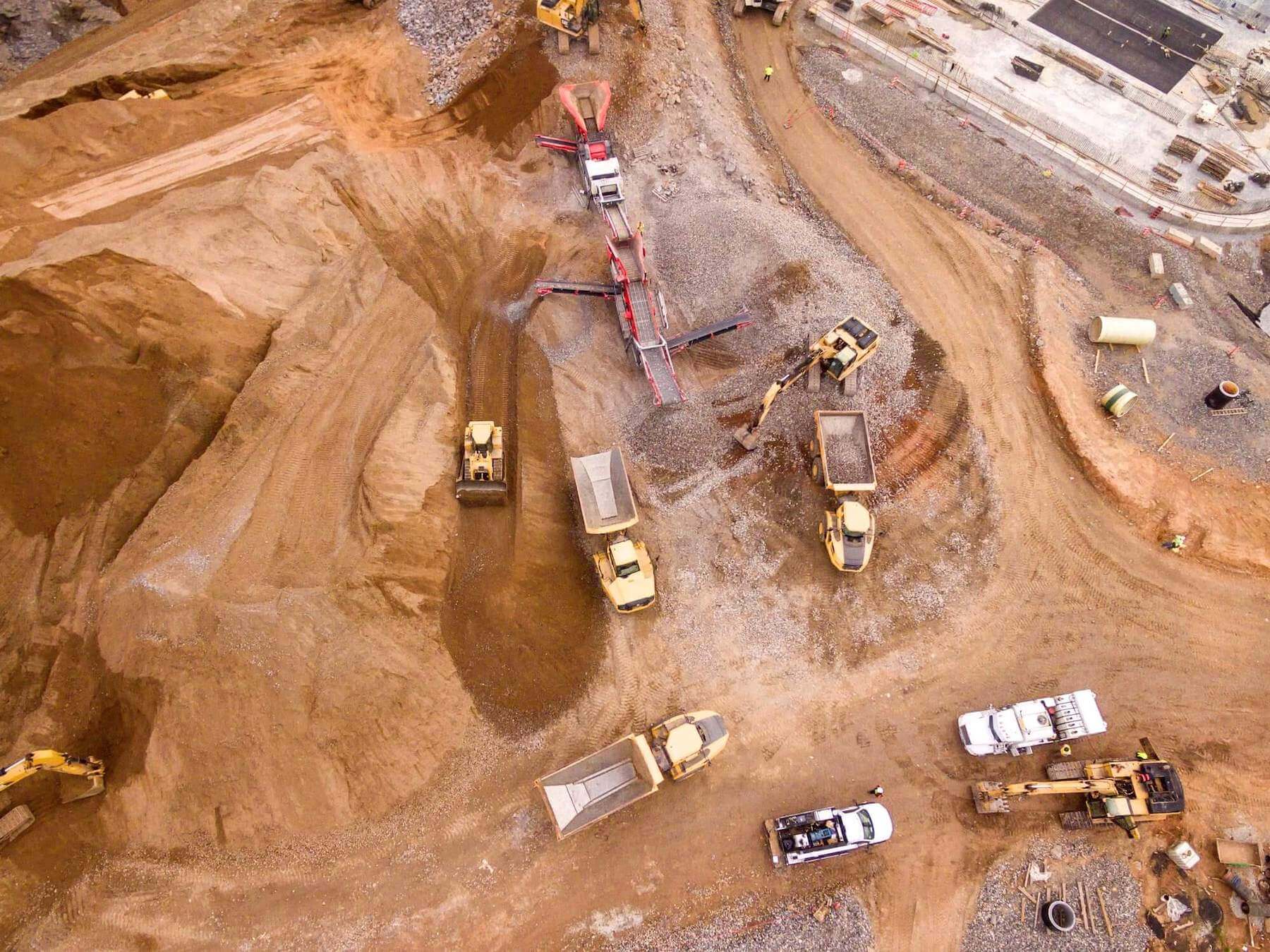
Beyond Traditional Geofencing
Geofencing is a virtual fence that can be created around a physical location, such as a city's border or even a job site.
"Fleet managers who set these up can receive alerts when vehicles or assets cross the invisible geofence border. Some businesses have set up geofences around toll roads, so the back office always knows when a company vehicle pays a toll and can begin the reporting and processing steps immediately. This helps save the business time tracking down the tolls drivers pay and ensure that the business expense is accounted for," said Kevin Aries, head of global product success for Verizon Connect.
Keeping Track of Equipment
Bluetooth-enabled smart sensors can be paired with smart IoT devices to keep track of high-value service vehicles, equipment, and tools throughout a Jobsite or yard.
"Gone are the headaches associated with manual equipment tracking and a difficult recovery process that involves costly law enforcement, legal assistance, and claims professionals. CalAmp iOn Tag service, for example, sends real-time alerts to drivers if a piece of equipment was left behind. This provides an enterprise-wide view of drivers, service vehicles, and related assets. Operations managers can reduce time spent retrieving assets as well as prevent unauthorized use of equipment," said Jeff Clark, senior vice president of Product Management for CalAmp.
From a theft prevention standpoint, one fleet affixed "Powered by BlackBerry Radar" decals on the container doors of each of its trailers that showcase Radar's cargo sensor, GPS locator, and door alert capabilities.
"The idea behind this is the same reason why many people have 'Beware of Dog' and alarm company signs on their lawns - by letting people know that you have a security system, intruders might think twice about targeting you. Matson's deployment marked the first time that a BlackBerry Radar customer has visibly branded their assets in this way to let people know that they use our smart, IoT-based monitoring tool to reduce theft and improve fleet utilization and operational efficiency," noted Christopher Plaat, SVP and GM for BlackBerry Radar.
Help with Performance & Training
Telematics providers can also provide back-end monitoring of driver routes.
"Back-end monitoring enables driver performance to be tracked and monitored so more training can be provided if needed," said Ted Lee, Head of Business Development and Product Innovation for Magellan GPS.
Finding More Areas to Improve
A top priority for many fleet managers is effectively managing the fleet's total cost and increasing savings.
"It can be challenging to identify new opportunities for savings. To help fleet managers easily identify additional areas to improve their operations, Geotab has developed the Fleet Savings Summary Report available as an add-in on the Geotab Marketplace. In this report, users can identify a proper proactive driver management program to maximize their return on investment (ROI) and minimize their cost of ignoring (COI)," said Sherry Calkins, vice president, Strategic Partners for Geotab.
Providing Contextual Input
Integrated video telematics solutions capture events as they occur and provide contextual insights to fleet operators.
"Real-time information not only provides valuable driver behaviour insights but builds a foundation of data analytics and refined automated intelligence. Smart cameras that feed data into cloud-based networks for analysis provide actionable information about speed or stop sign violations, tailgating, land drift, etc., and can help prevent collisions from keeping drivers safe and improving road safety," said Clark of CalAmp.
Pros and cons of telematics
Like any insurance plan, the aforementioned telematics-based plans have pros and cons. For the most part, drivers are happy to adopt safer driving habits in exchange for a discount. The system is a useful tool to teach teens to drive safely, and it provides feedback in real-time when the driver brakes too hard. Additionally, these tracking devices make it easier to locate a stolen vehicle.
That being said, some drivers worry about skyrocketing premiums if they drive recklessly. The system might also impose unavoidable costs based on a person's schedule. For example, someone who has to drive to work at night is more likely to come across fog, which is listed as one of several hazardous conditions that may increase the premium.
Others worry that the device may malfunction, causing drivers to pay out of pocket for any technical errors. Aside from finances, people consider data privacy to be a big con, as a survey showed many older and female drivers are resistant to monitoring.
What is different today?
Currently, telematics is the adopted terminology for all technologies associated with communication for a motor vehicle, from Google's self-driving vehicles to aftermarket location-reporting gadgets. Since the advent of the General Motors OnStar program, there's been an increasing penetration of telematics capabilities and services in automobiles. Estimates put expected penetration by 2017 at more than 70 per cent for car manufacturers' new vehicles. Today's telematics in insurance usually refers to one-way collection of available information from a vehicle. Strictly defined, that's telemetry, a subtle but important difference because telemetry doesn't impose control over a vehicle. The figure above is a simplified diagram of the process available today.
The type of data that devices can collect from or about a vehicle varies by implementation, typically drives cost, and is constrained by regulation and customers' willingness to share. Programs in place use sensors to determine factors as simple as the distance (vehicle-miles travelled) and as sophisticated as camera-based recording. Devices transmit and store the resultant collection for immediate or deferred analysis, meaningful interpretation, and/or visualization.
Many brand-name telematics programs fall into categories: usage-based insurance (UBI), pay-as-you-drive (PAYD), and pay-how-you-drive (PHYD). In the early days, the definitions of those acronyms were imprecise. But as they imply, the factors affecting premiums are generally how much (far), when, how well (behaviour), and where (location) the vehicle is driven.
The opportunity now exists for direct measurement of driver behaviour in place and time. Vehicle electronics capture hundreds of sensor inputs for processing by onboard controllers and reporting to diagnostic ports. Aftermarket device vendors have integrated technologies to allow the collection of such data (revolutions per minute, manifold airflow sensor output, malfunction indicator lights, engine trouble codes, and so forth) and combine it with time, precise GPS position, gravitational forces, and even ambient cabin noise on a second-by-second or higher frequency.
Experts distil and analyze those measurements to identify patterns that indicate poor or dangerous driving habits, such as rapid acceleration or cornering, harsh braking, or excessive speeding (>80 mph). Furthermore, systems can now link the collected telemetry with other sources of data, such as weather, traffic, and road type, to provide context to improve understanding and insights about the driver.
The race is on to interpret the data and prove what the industry has termed "demonstrated predictive potential" of the collected data elements as a direct measurement of behaviour and risk. As mentioned earlier, we're in the early days of the technology. And except for the current carrier leader, which has more than a million UBI policyholders, there isn't yet a single repository with enough data to validate risk rating models based on behaviour measurements.
Telematics Device To Look Out For
Smartphone Data Collection
Telematics solutions based on smartphones avoid installation costs while providing reasonable data accuracy, and they can also provide a variety of custom features through apps. These solutions offer a straightforward path to telematics data collection through the smartphone's data transmission capabilities, including cellular data and WiFi.
With the diversity of smartphone makes and models, as well as different sensors, algorithms must be applied to normalize the data that is collected, stored, and analyzed. Once the data is normalized and the other considerations addressed, smartphone telematics solutions can be successfully incorporated into a variety of telematics insurance programs.
Self-powered Data Collection
Devices in this category include the battery-powered Bluetooth®-enabled beacon, which is often mounted on the dashboard or windshield. Deployment costs are minimal, making this a cost-efficient choice for mid-range to mainstream insurance telematics programs. Bluetooth connectivity with devices, however, can be a challenge for some users.
Flexible self-powered options include both devices that communicate directly with servers using their own cellular modules, in addition to devices that tether with the smartphone and use the smartphone's cellular capabilities to get data to the server.
Tethered smartphone connections can increase customer engagement and flexibility. Vehicle identification data is captured and can be harvested later, even when a smartphone is not present in the vehicle. Data transmission can also be performed using smartphone communication and data plan capabilities, which eliminates the need to set up separate communications through the Bluetooth hardware.
Self-powered devices that communicate directly with servers minimize customer interaction; however, there is a tradeoff with a smaller density and duration of data that can be captured and transferred with this option.
OBD Data Collection
The OBD-II interface, which has been a federally mandated feature on all US vehicles since the model year 1996, is one of the earliest technologies for vehicle telematics data collection. The equivalent standard in Europe is called EOBD (European On-Board Diagnostics).
As a long-running, well-established solution in the marketplace, permanently plugged-in OBD devices have a proven track record and high level of acceptance. Driving data is typically transmitted directly over cellular networks for processing. This moderately priced option can be combined with smartphone connectivity to enhance driver engagement.
Black Box Data Collection
As the de facto standard for UBI programs in the UK, black box technology captures and delivers a stream of data from active vehicles using a cellular service for communication. A fixed electronic device-the black box-securely mounted inside the vehicle ensures that accurate trip and collision data is obtained and transmitted to a data centre.
The popularity of this approach is especially high in regions where vehicle theft is rampant, offering a proven, tamper-resistant method for prompt recovery of stolen vehicles. However, these aftermarket devices must be professionally installed in vehicles, leading to higher installation costs.
Oem Embedded Data Collection
Data extracted directly from built-in vehicle sensors eliminate aftermarket installation costs, but a lack of standardization among OEMs has impeded market acceptance. Expect to see innovative programs developed over time to take advantage of these built-in capabilities, which could lead to highly accurate data capture, new ways to monitor driving, and integration with driver-assistance features that could improve safety and reduce crash frequency and severity.
Although this form of data collection for insurance telematics is relatively uncommon today, a TSP equipped to integrate with embedded car systems and make sense of the disparate data will be able to tap into the benefits for both insurers and their customers as the technology matures.






